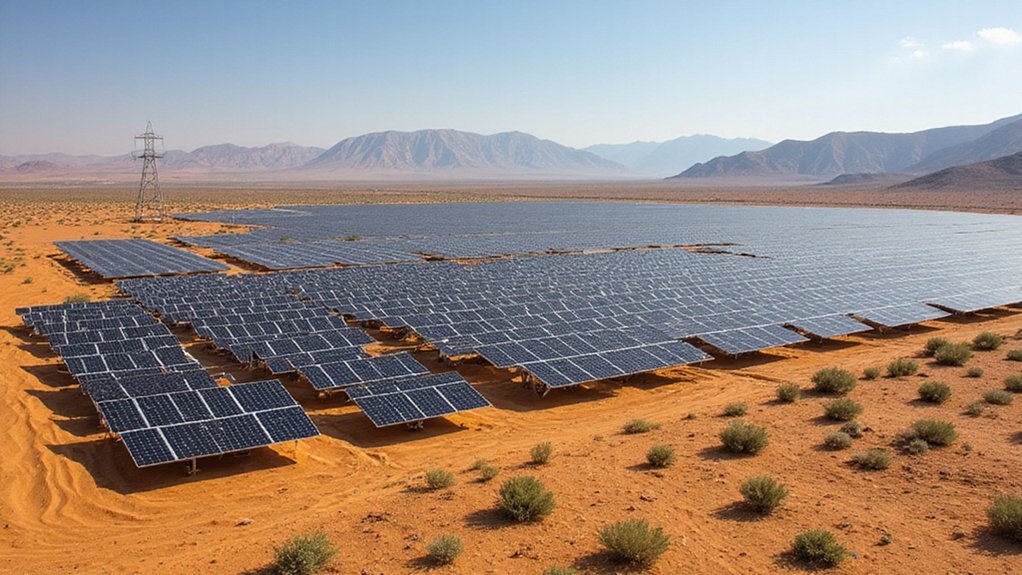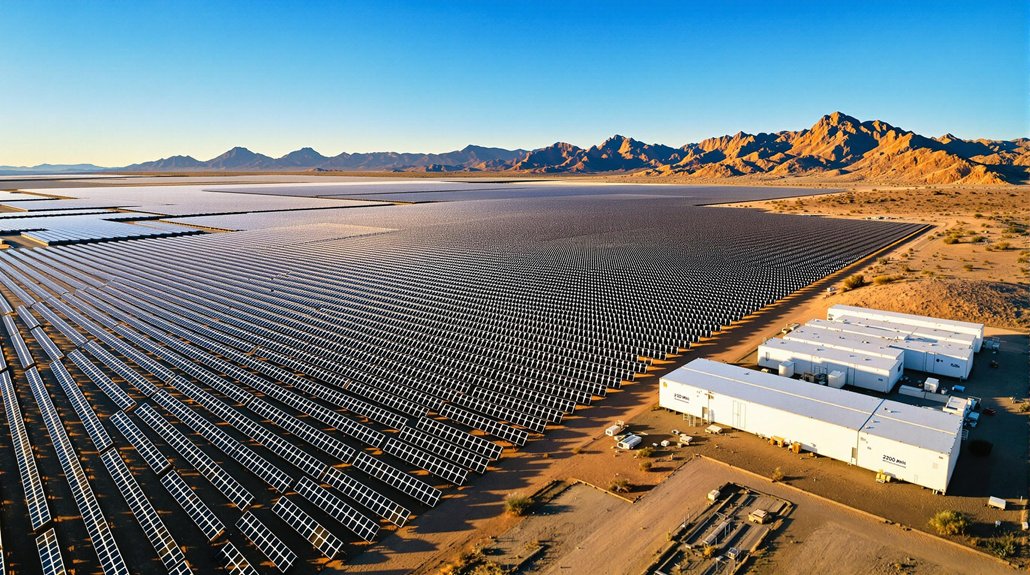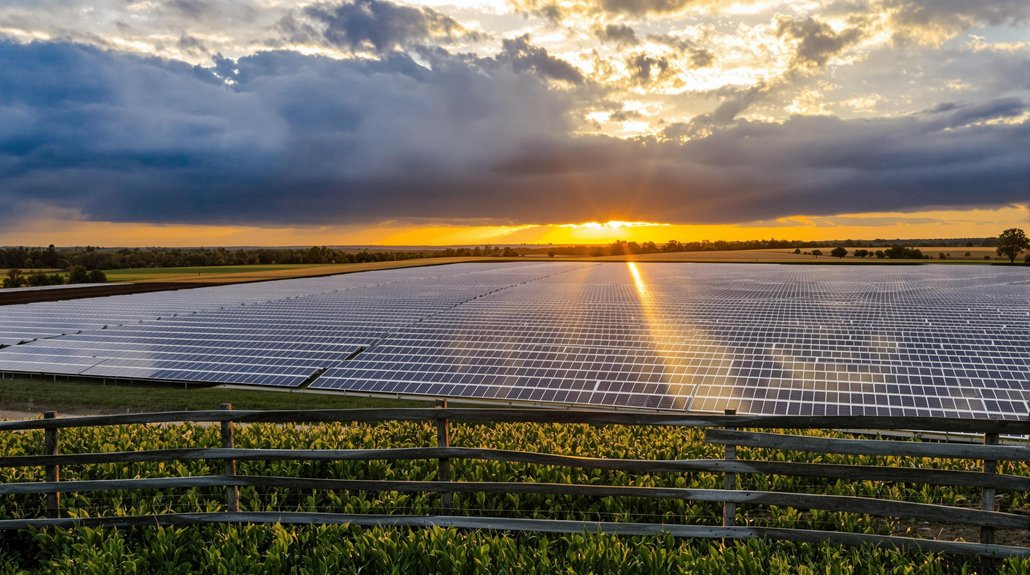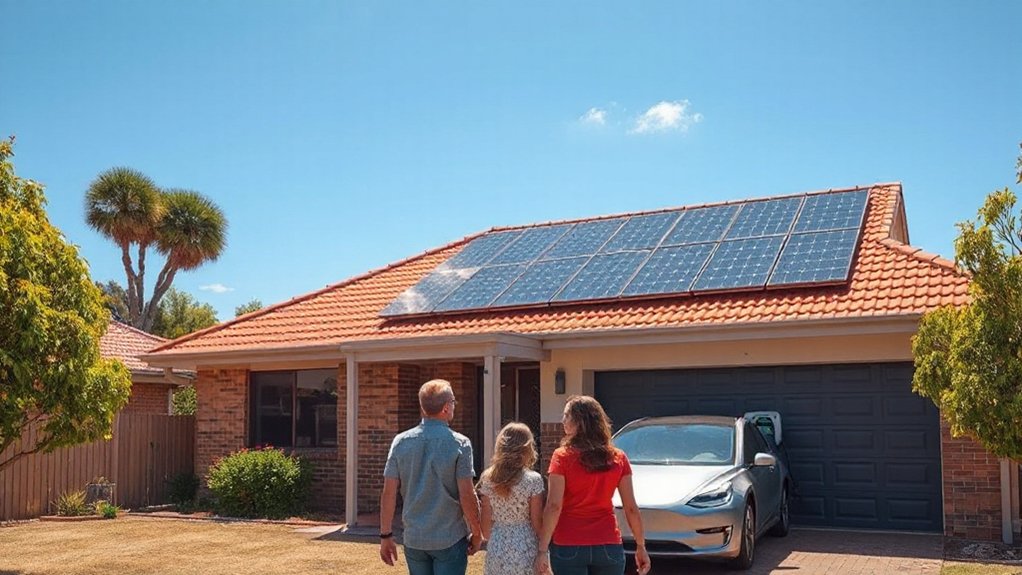Cuba is racing to solve its energy crisis through an ambitious solar power initiative. The island nation opened its first photovoltaic solar park in Havana on February 21, 2025, marking the beginning of a major renewable energy push. This facility is just the first of 92 planned solar parks across the country, with construction focused heavily in the western provinces of Matanzas and Mayabeque.
The energy situation in Cuba has become desperate. Many areas face power outages lasting up to 20 hours daily. The country’s aging electrical infrastructure and dependence on imported fuel have left it vulnerable to supply disruptions. This vulnerability is exacerbated by US sanctions that severely restrict Cuba’s access to energy resources. In March 2025, the failure of Cuba’s largest power plant triggered a nationwide blackout, highlighting the fragility of the current system.
The government’s plan is aggressive – they aim to build between five and six solar parks monthly. Prime Minister Marrero Cruz confirmed this commitment to the ambitious construction schedule during the annual assessment session of the Ministry of Energy and Mines in Havana. By the end of 2025, officials expect 55 parks to be operational, adding approximately 1,200 megawatts to the National Electric System. The first 27 parks, scheduled for completion by July 2025, should contribute 590 megawatts to the grid.
Storage presents a significant challenge. The solar parks currently lack batteries to store energy when the sun isn’t shining. To address this issue, 200 megawatts of battery systems will be installed, with containers for these systems already arriving in Cuba. These storage systems are essential for stabilizing the electrical grid. Similar to India’s partnership with Kuwait on renewable energy, Cuba’s initiative demonstrates how international cooperation can accelerate clean energy adoption in developing nations.
The solar initiative aims to reduce Cuba’s reliance on imported fossil fuels while modernizing the electrical grid despite ongoing US sanctions. Domestic heavy crude oil production has fallen to just 40,000 barrels per day in 2024, covering only a third of the country’s needs.
Public response remains skeptical due to previous unfulfilled promises regarding energy recovery. However, if successful, the solar transformation would mark a significant step toward Cuba’s goal of generating 37% of its electricity from renewable sources by 2030.
For a nation where blackouts have become routine, sunlight may finally offer a path to energy security.
References
- https://revolutionarycommunist.org/americas/cuba/cubas-solar-energy-revolution/
- https://en.cibercuba.com/noticias/2025-02-11-u1-e207888-s27061-nid297029-regimen-cubano-promete-generar-1200-mw-energia
- https://www.peoplesworld.org/article/cuba-tackles-energy-crisis-by-promoting-power-of-the-sun/
- https://havanatimes.org/features/cuban-gov-admits-solar-parks-will-not-solve-energy-crisis/
- https://www.pvknowhow.com/news/cuba-solar-energy-construction-solar-parks/









